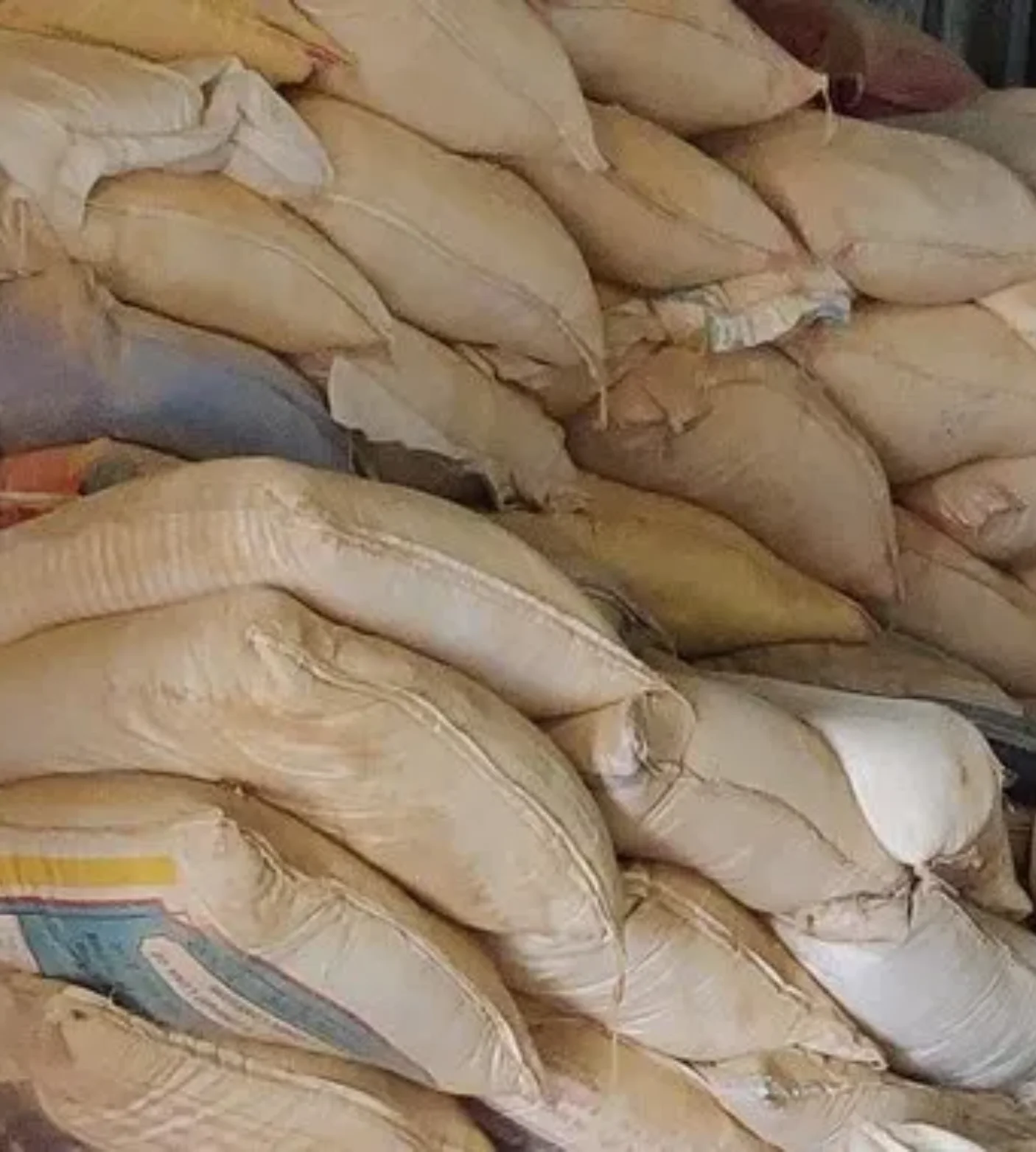Bentonite Powder

Bentonite Powder
Bentonite powder specifications are detailed in documents like IS 12446:2007, which outlines the requirements for bentonite powder used in various applications, including earthing. Key parameters include fineness (how well it passes through sieves), moisture content, pH, and swelling power. The specific requirements will vary depending on the intended use (e.g., drilling, chemical, or foundry applications).
Key Parameters and Specifications:
Fineness:
Bentonite powder needs to be finely ground, with a specified percentage passing through certain mesh sizes (e.g., 150 micron, 75 micron, 45 micron).
Moisture Content:
The moisture level is typically controlled, with maximum limits often specified (e.g., 12% maximum).
pH:
Bentonite powder, when mixed with water, will have a specific pH range (e.g., 9-10.5 for earthing applications).
Swelling Power:
This property is crucial for applications like drilling, where bentonite needs to absorb water and expand.
Viscosity:
Viscosity measurements (e.g., using a viscometer at 600 rpm) are important for applications like drilling mud.
Yield:
This refers to the volume of slurry that can be produced from a given quantity of bentonite, often measured in barrels (Bbls).
Filtrate Loss:
In drilling applications, bentonite’s ability to control fluid loss is important, so filtrate loss is measured.
Grit Content:
The amount of coarse material (grit) in the bentonite powder is also specified.
Loss on Ignition:
This indicates the amount of volatile matter in the bentonite.
Chemical Composition:
While the physical properties are often more important, the chemical composition (e.g., SiO2, Al2O3, Fe2O3 content) may also be specified.
Example Specifications (IS 12446:2007 for earthing):
Fineness: Percentage retained on different IS sieve sizes (e.g., 5.45 micron).
Moisture Content: 6-12%.
pH (at 2% suspension): 9-10.5.
Important Considerations:
Grade and Application:
Bentonite specifications vary depending on the intended use. For example, drilling-grade bentonite will have different requirements than bentonite used for chemical applications or in foundries.
Testing Methods:
Standardized testing methods (e.g., those specified in IS 12446:2007 or ASTM standards) are used to verify the bentonite’s properties.
Natural Variation:
It’s important to note that bentonite is a naturally occurring mineral, and some minor variations in properties may occur.
